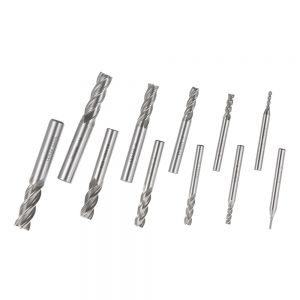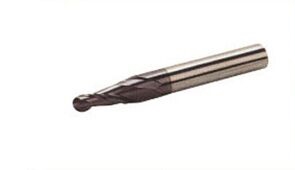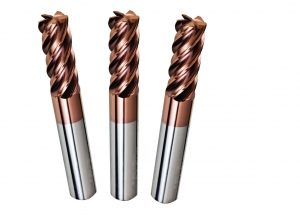
In the industry, the clamping system is appropriate may greatly affect the processing efficiency, especially in the processing of high strength materials. Because of the characteristics of the processing of materials, medical devices and cutting the aerospace manufacturing industry need to use a large number of blades. With the passage of time, the consumption of time become a replacement blade a major factor in productivity. In addition, in the processing of small parts of aerospace manufacturing industry, high performance commonly used, long cutting materials will cause the chip breaking problem.
QS tool with high precision cooling device clamping system can not only shorten the knife and tool change time, but also can improve the cutting performance and processing. The wedge design so that the operator can in a few seconds. Blade replacement precision nozzle can provide accurate coolant flow, so as to improve the quality of the parts and chip breaking performance. Good is the cooling fluid pressure is reduced to 145 pounds per square inch.
In the aerospace industry, the application of spiral milling (slope milling) processing technology can improve productivity. This technique uses the cutter (rather than bits) arc common in many aircraft parts in the inclined surface and more efficient processing of various hole hollow cavity characteristics. Through cutting speed with small cutting depth and high, spiral milling the required cutting force and machine power than drilling were greatly reduced. Spiral milling cutter for micro parts, a sharp cutting edge can provide high removal rate and wear resistance of longer distance and better processing.





